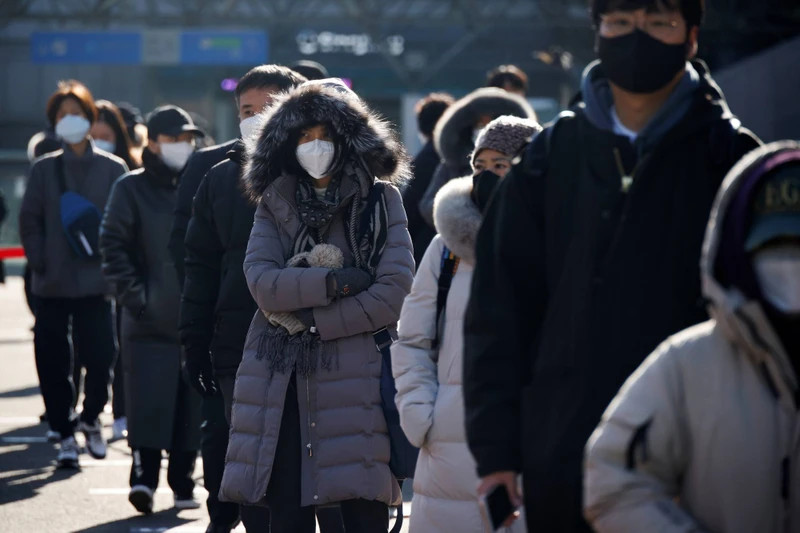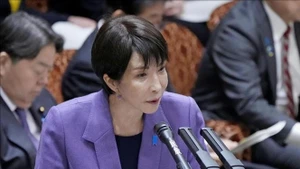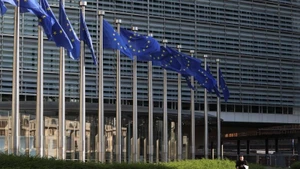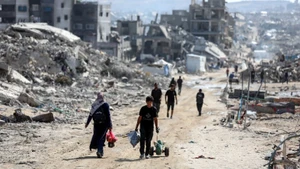The rate of "aging" is alarming
Statistics from the Korean Ministry of Justice show that as of July 10, the population aged 65 or older in the RoK reached 10,000,062 people, accounting for 19.51% of the total population. It is estimated that the number of people aged 65 or older will exceed 20% by 2025.
The rate of population aging is expected to become even faster, with the elderly population likely to exceed 30% by 2035 and reach 40% by 2050.
Notably, the proportion of elderly people between regions in Korea is also very different. As such, this a problem that requires response not only from the government but also from local authorities.
Urban areas such as Seoul, Gyeonggi, and Incheon have not really entered the era of super-aged society, however, in other localities such as South Jeolla Province, the proportion of elderly people is as high as 26.67%; North Gyeongsang Province is 25.35%; Gangwon Province is 24.72% and North Jeolla Province is 24.68% — these are classified as super-aged societies because the elderly population accounts for 20% or more of the total population.
Korean President Yoon Suk Yeol declared a "National Population Emergency" and said he would launch a nationwide response system in the context of the country's extremely low birth rate.
The RoK's fertility rate — the number of children a woman has in her lifetime — has fallen to 0.72 as of 2023, making it the only member of the Organization for Economic Cooperation and Development (OECD) with a figure below 1. The RoK is facing a population crisis with an aging population and fewer people having children.
Speaking at the 2024 conference of the Presidential Committee on Aging Society and Population Policy, President Yoon Suk Yeol pointed out that Korean society is facing many diverse challenges, but the most basic and serious problem is the population crisis due to the extremely low birth rate.
He said that it is necessary to seriously consider the reasons why the government's efforts in recent time have not achieved results. Over the past 16 years, the Korean Government has spent 280,000 billion won (202.82 billion USD) of its budget to encourage people to have children, but the annual birth rate has continued to decrease, with each year falling lower than the previous year.
Analysts point out that, as the elderly population increases and the number of beneficiaries from the national pension fund is greater than the number of people contributing to the fund, the financial balance of the Korean national pension fund may bottom out in 2055.
Furthermore, the aging population also leads to increased medical costs and puts pressure on the stability of the health insurance system.
Lee Sam-sik, Director of Hanyang University's Institute of Aging Society, said that the increase in the elderly population also means an increase in the dependent population. That means the number of people needing pensions and health insurance help is also increasing.
Solution to an urgent problem
With the aging population negatively impacting the labour market, economic growth, and potentially leading to many consequences in social life, becoming an urgent national problem, President Yoon Suk Yeol mentioned the establishment of the ministry for population strategy and planning headed by the Deputy Prime Minister in charge of social affairs.
The Korean government will also develop medium- and long-term national development strategies on population, including policies on low birth rate, aging society and immigration policy.
The new ministry will act as a population control tower, with the authority to pre-evaluate budget estimates on birth rates, have the function of planning, evaluating and coordinating population policies, and consult in advance with local projects.
The President's Office will also establish an advisory office to deal with low birth rates, directly promoting policies. The government highlighted its policy efforts in three core areas: work-life balance, childcare, and housing.
President Yoon Suk Yeol pledged to increase the paternity leave usage rate from 6.8 percent to 50 percent within his term and raise the female usage rate from 70 percent to 80 percent.
Regarding the childcare policy, Yoon Suk Yeol pledged to fulfil the state's responsibility in taking care of and raising children from birth to 11 years old within his tenure. To achieve this, the government will provide free education and care for children aged 3 to 5.
He underscored the government’s commitment to tackling housing issues for newlyweds and families with children.
The government will streamline access to home purchase and rental loans for those with newborns and offer improved preferential interest rates for each birth. To reduce financial barriers to marriage for young people, a new marriage tax deduction will be introduced, and child tax deductions will be expanded.
In order to attract talented young human resources for important industries, contributing to promoting economic growth in the context that the country is facing a labour shortage due to an aging population and low birth rate, the Korean government is also developing a plan to expand visa types and create more favourable employment conditions for the roughly 163,000 international students living and studying in the country.
This is a temporary measure to fill the human resource gap that has been partially created by the aging population, while the Korean Government is promoting the implementation of policies to solve the aging population problem.
















